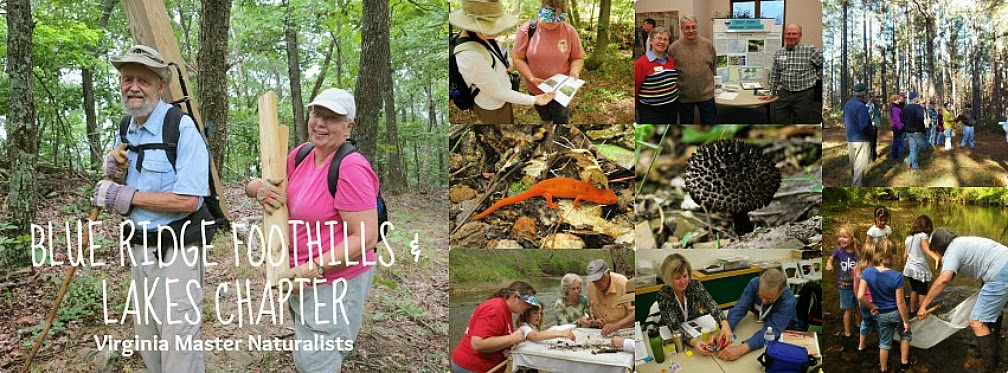Did you know the length of the Appalachian
Trail is constantly changing? Did you know an estimated 12,000 people have hiked the full length of the trail since 1937?
From CNN.com
(CNN) -- The length of the Appalachian National Scenic Trail is constantly changing. In 2010 the Appalachian Trail was officially 2,179.1 miles long. This year it's 2,181. In 2004 it was 2,173.9. The added distance is due to upgrades and repairs. (Not because your group had to backtrack a half-day because one of you left the keys to the vehicle parked at the end of the section in the vehicle parked at the start of the section.) The Appalachian Trail stretches from Springer Mountain, in north Georgia, toKatahdin, in central Maine, crossing 14 states and five national parks. The route is marked by white blazes on trees, posts and rocks.
officially 2,179.1 miles long. This year it's 2,181. In 2004 it was 2,173.9. The added distance is due to upgrades and repairs. (Not because your group had to backtrack a half-day because one of you left the keys to the vehicle parked at the end of the section in the vehicle parked at the start of the section.) The Appalachian Trail stretches from Springer Mountain, in north Georgia, toKatahdin, in central Maine, crossing 14 states and five national parks. The route is marked by white blazes on trees, posts and rocks.
 officially 2,179.1 miles long. This year it's 2,181. In 2004 it was 2,173.9. The added distance is due to upgrades and repairs. (Not because your group had to backtrack a half-day because one of you left the keys to the vehicle parked at the end of the section in the vehicle parked at the start of the section.) The Appalachian Trail stretches from Springer Mountain, in north Georgia, toKatahdin, in central Maine, crossing 14 states and five national parks. The route is marked by white blazes on trees, posts and rocks.
officially 2,179.1 miles long. This year it's 2,181. In 2004 it was 2,173.9. The added distance is due to upgrades and repairs. (Not because your group had to backtrack a half-day because one of you left the keys to the vehicle parked at the end of the section in the vehicle parked at the start of the section.) The Appalachian Trail stretches from Springer Mountain, in north Georgia, toKatahdin, in central Maine, crossing 14 states and five national parks. The route is marked by white blazes on trees, posts and rocks.It's possible to hike the Appalachian Trail without a tent. There are more than 250 garage-size shelters "roughly a day's hike apart" along the length of the Appalachian Trail, according to Brian King of the Appalachian Trail Conservancy, the nonprofit corporation that leads efforts to maintain the trail. That's a shelter about every 8 miles on average. They're free. So "thru-hikers," people who walk the full distance in a continuous hike, often leave the tent at home, saving as much as 5 pounds from their backpacks. That's good, because that "day's hike" can be up to 30 miles, since shelters are built near sources of fresh water, King said.
You won't see nearly as many animals as you'd expect. That's because most can hear, see or smell you long before you hear, see or smell them, and they'll flee. In the case of bears, wild pigs, raccoons and snakes, that's good. On hikes from Georgia through Connecticut, I have seen hundreds of birds, chipmunks and squirrels, spiders, a few deer, two wild turkeys as big as a washer and dryer, a wild pig, the backside of a bear running into the brush, and a rattlesnake lying across the trail warming itself in the morning sun. (Hint: It's less upsetting for all involved to hike around a timber rattler than to try to encourage it to move on by bouncing even a small stone off it.) Not wearing your glasses increases the number of animal sightings. But keep in mind that while without your glasses a tree stump can look like a bear, a bear also can look like a tree stump.
Read the rest of the story with photos from CNN Here>>>
BRFAL Chapter of Virginia Master Naturalist have a project on the A.T. - American Chestnut Count - if you want to be involved continue reading and click the links below:
As always BRFAL Chapter of Virginia Master Naturalist wants you to get outside, explore and learn something new today. Get involved in something cool, learn more about the Virginia Master Naturalist program here!

No comments:
Post a Comment
Thanks for your comment and interest! NOW GO OUTSIDE!